HTC Desire Eye vs HTC One M8 vs Samsung Galaxy S5: specs comparison

Now that the HTC Desire Eye's official existence is no longer a poorly-hidden industry secret, it's time we see how this camera-intensive smartphone compares to some of our favorite specs monsters from the first half of 2014. How about we put it against the HTC One M8 and Samsung Galaxy S5? The former is his twin brother, the latter is still one of the best Android phones around.
First things first, the Desire Eye sticks out as the largest of the three. It's taller and wider than both the One (M8) and the Galaxy S5, it's still thinner than the M8, and it's 0.32 oz (9 g) heavier than both. It seems that 13MP front camera really took its toll.
The HTC Desire Eye also has the largest 1080p display in the trio - it's a 5.2-inch screen, while the One (M8) has a 5.0-inch screen, and the Galaxy S5 sports a 5.1-incher of a panel. At 441ppi, the One M8 has the highest pixel density, followed by the Galaxy S5 (432ppi) and the Desire Eye (423ppi).
In terms of hardware, the trio is almost exactly on par. All three smartphones run on the Qualcomm Snapdragon 801 chipset, sporting minute differences in clock rates that favor the Galaxy S5's 2.5GHz over the HTC Desire Eye and One (M8)'s 2.3GHz. All have Adreno 330 GPUs and 2GB of RAM on disposal. Each device's in-built storage can be expanded with a microSD card.
Finally, both the HTC Desire Eye and One (M8) have 2600mAh battery to get them through the day, while the Samsung Galaxy S5 has a slightly bigger 2800mAh unit.
So, which one is the best-specc'd phone according to you?
the average is 13 h (780 min)
the average is 25 days (600 h)
the average is 0 h (0 min)
the average is 0 h (0 min)
the average is 0 h (0 min)
the average is 0 days (0 h)
the average is 0 days (0 h)
(142 x 72.5 x 8.1 mm)
(146.36 x 70.6 x 9.35 mm)
(151.7 x 73.8 x 8.5)
the average is 6 oz (172 g)
the average is 6 oz (172 g)
the average is 6 oz (172 g)
The HTC Desire Eye also has the largest 1080p display in the trio - it's a 5.2-inch screen, while the One (M8) has a 5.0-inch screen, and the Galaxy S5 sports a 5.1-incher of a panel. At 441ppi, the One M8 has the highest pixel density, followed by the Galaxy S5 (432ppi) and the Desire Eye (423ppi).
Camera-wise, the HTC Desire Eye trumps both the Galaxy S5's measly 2.1-megapixel front cam, and the HTC One (M8)'s decent 5-megapixel front snapper with a full-blown 13MP camera on the front panel. Yikes! Samsung's flagship still has the biggest rear camera sensor (16MP) to play with, followed by the Desire Eye's 13MP main cam, while the HTC One (M8) differentiates with its quirky 4-ultrapixel Duo camera setup.
In terms of hardware, the trio is almost exactly on par. All three smartphones run on the Qualcomm Snapdragon 801 chipset, sporting minute differences in clock rates that favor the Galaxy S5's 2.5GHz over the HTC Desire Eye and One (M8)'s 2.3GHz. All have Adreno 330 GPUs and 2GB of RAM on disposal. Each device's in-built storage can be expanded with a microSD card.
Display
Size
Technology
Super AMOLED
S-LCD 3
Screen-to-body
69.76 %
66.71 %
66.51 %
Features
Scratch-resistant glass, Ambient light sensor, Proximity sensor
Ambient light sensor, Proximity sensor
Ambient light sensor, Proximity sensor
Hardware
System chip
Qualcomm Snapdragon 801 MSM8974-AC (28 nm)
Qualcomm Snapdragon 801
Qualcomm Snapdragon 801
Processor
GPU
Adreno 330
Adreno 330
Yes
RAM
Internal storage
32GB
32GB
16GB
OS
Android (6.0 Marshmallow, 5.1 Lollipop, 5.0 Lollipop, 4.4.4, 4.4.2), Samsung TouchWiz UI
Android (6.0 Marshmallow, 5.0 Lollipop, 4.4.3, 4.4), HTC Sense UI
Android (5.0 Lollipop, 4.4.4), HTC Sense UI
Battery
Capacity
2800 mAh
2600 mAh
2400 mAh
Charging
Qualcomm Quick Charge 2.0
Qualcomm Quick Charge 2.0
Talk time
the average is 13 h (780 min)
Stand-by time
the average is 25 days (600 h)
Talk time (3G)
the average is 0 h (0 min)
the average is 0 h (0 min)
the average is 0 h (0 min)
Stand-by time (3G)
the average is 0 days (0 h)
the average is 0 days (0 h)
Music playback
67.00 hours
Video playback
13.00 hours
Camera
Rear
Single camera
Dual camera
Single camera
Main camera
Specifications
Aperture size: F2.2
Focal length: 31 mm
Sensor size: 1/2.6"
Pixel size: 1.12 μm
Focal length: 31 mm
Sensor size: 1/2.6"
Pixel size: 1.12 μm
Aperture size: F2.0
Focal length: 28 mm
Sensor size: 1/3"
Pixel size: 2 μm
Focal length: 28 mm
Sensor size: 1/3"
Pixel size: 2 μm
Aperture size: F2.0
Focal length: 28 mm
Focal length: 28 mm
Second camera
4 MP (Depth information)
Video recording
3840x2160 (4K UHD) (30 fps), 1920x1080 (Full HD) (60 fps)
1920x1080 (Full HD) (60 fps), 1280x720 (HD) (120 fps)
1920x1080 (Full HD)
Recording format
MPEG4, H.264
Features
HDR, Continuous autofocus, EIS, Video calling, Video sharing
HDR, Video light, Video sharing
Video calling
Front
2.1 MP
5 MP
13 MP
Video capture
1920x1080 (Full HD)
1920x1080 (Full HD)
1920x1080 (Full HD)
Design
Dimensions
(142 x 72.5 x 8.1 mm)
(146.36 x 70.6 x 9.35 mm)
(151.7 x 73.8 x 8.5)
Weight
the average is 6 oz (172 g)
the average is 6 oz (172 g)
the average is 6 oz (172 g)
Materials
Back: Plastic
Back: Aluminum
Resistance
Water, Dust; IP67
Splash; IPX3
Water; Yes
Biometrics
Fingerprint (swipe)
Features
Touch sensitive control keys, Interchangeable covers, Notification light
Notification light
See the full Samsung Galaxy S5 vs HTC One (M8) vs HTC Desire EYE specs comparison or compare them to other phones using our Phone Comparison Tool.
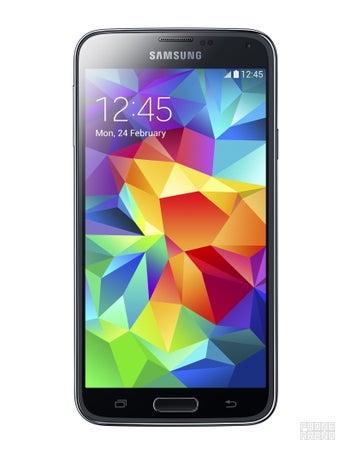

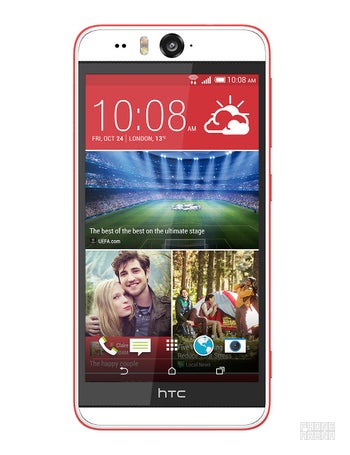


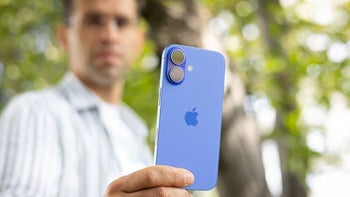
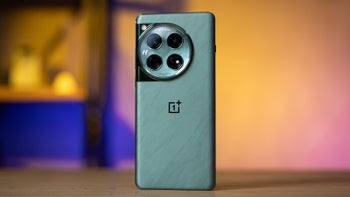
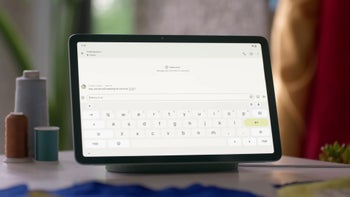

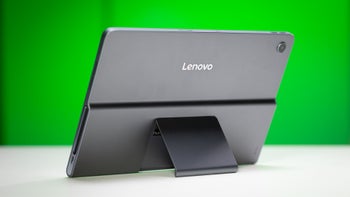
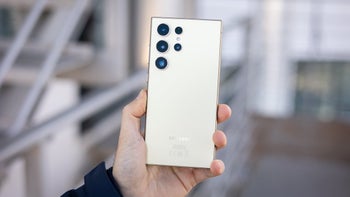
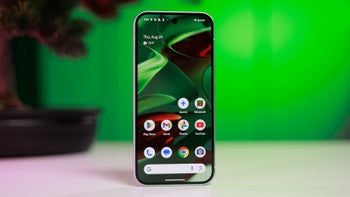
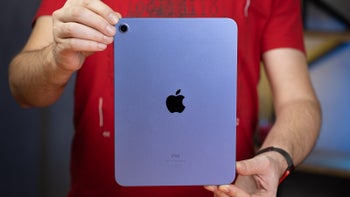
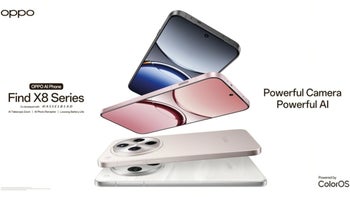

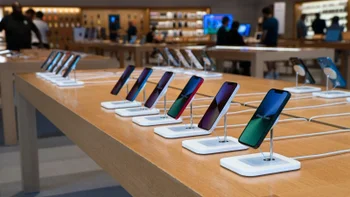
Things that are NOT allowed: